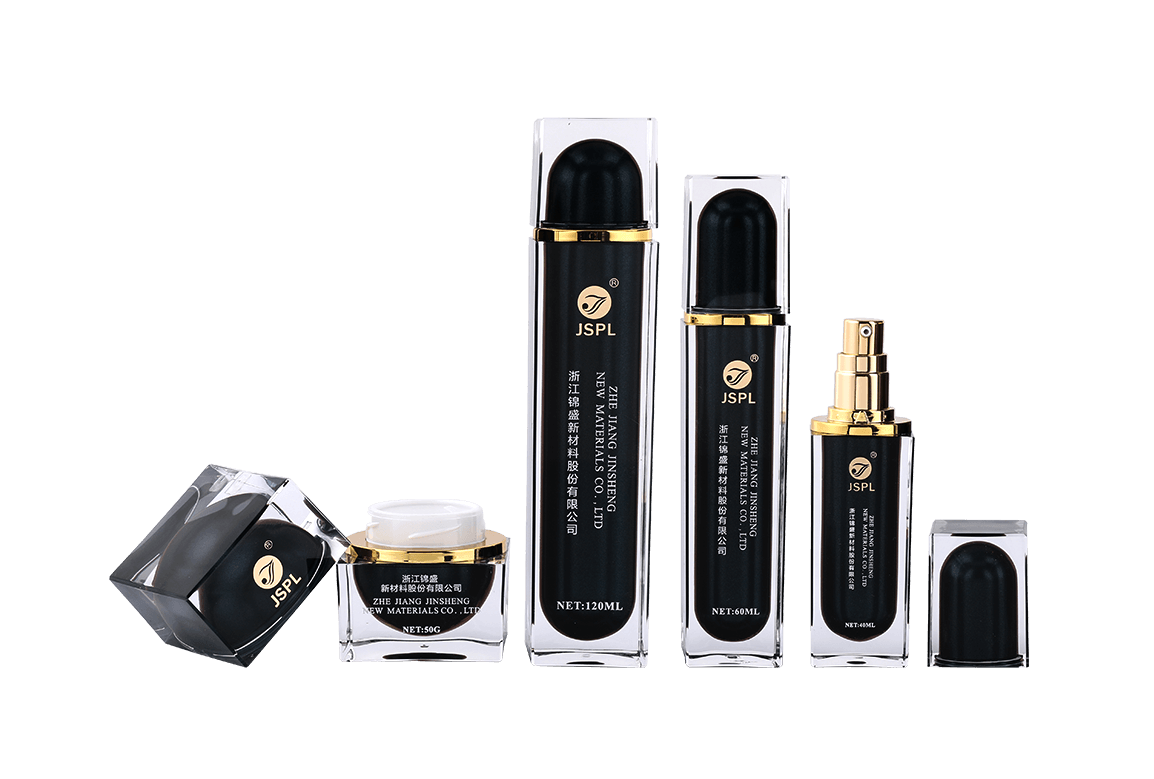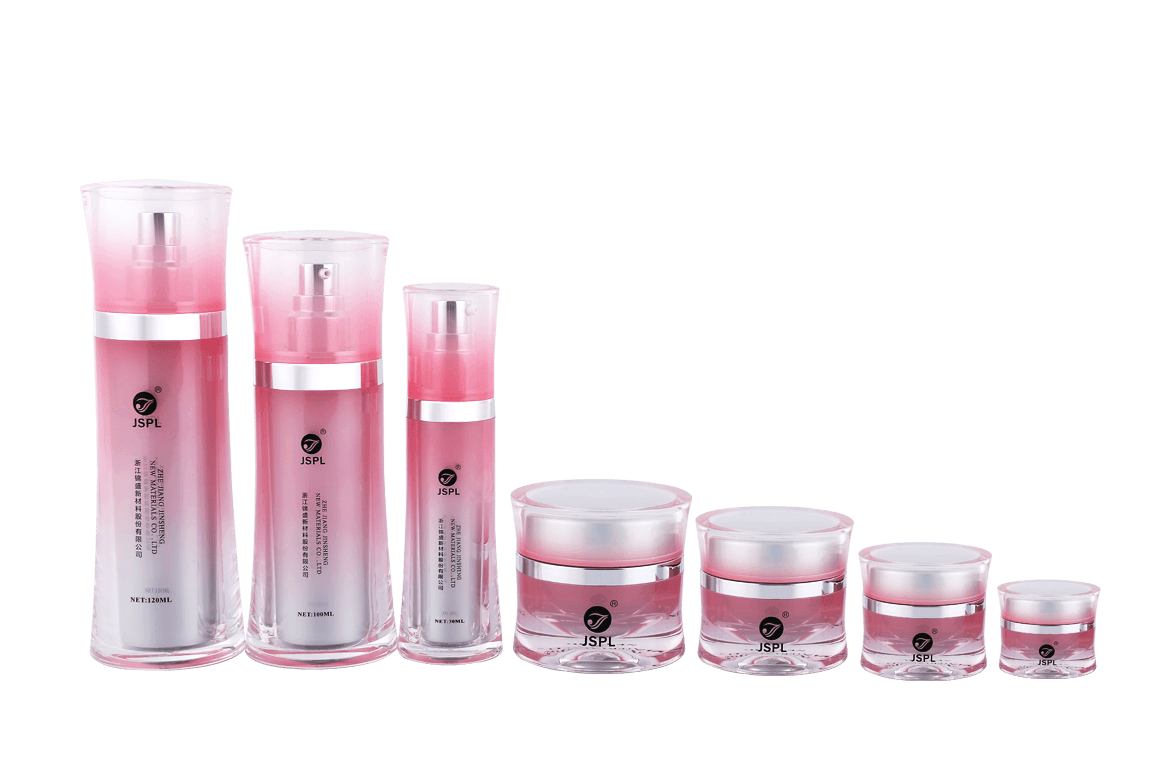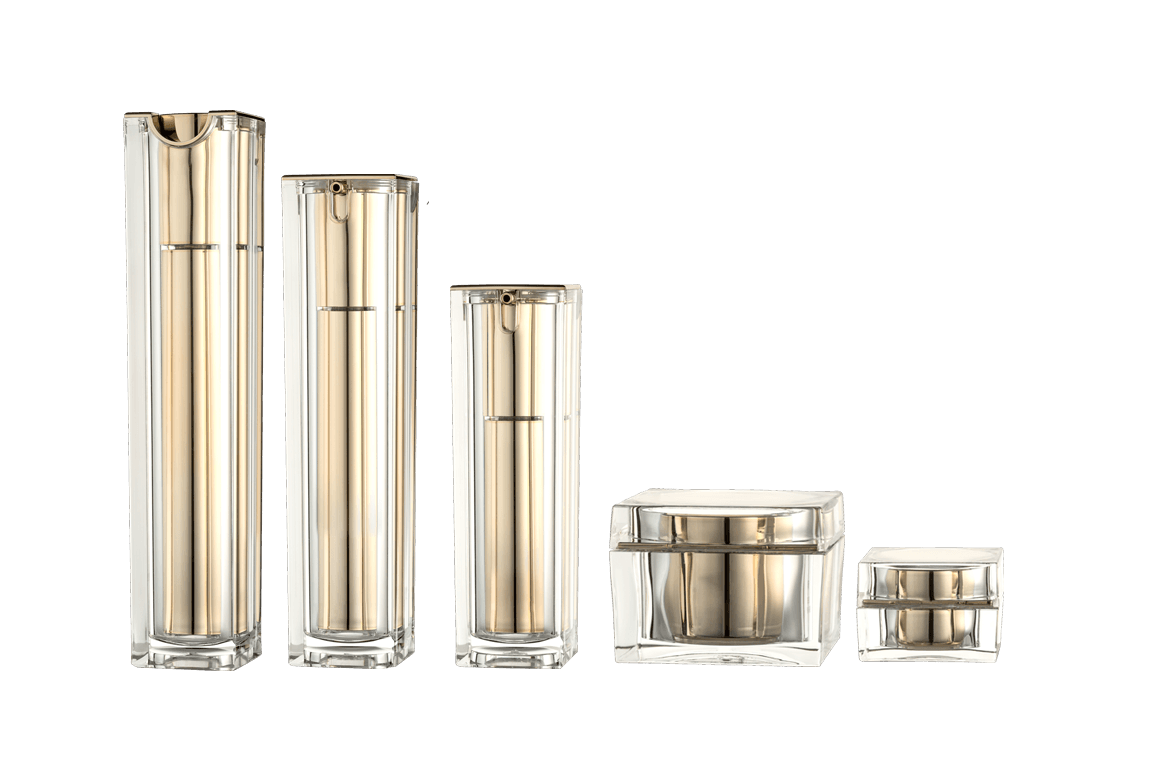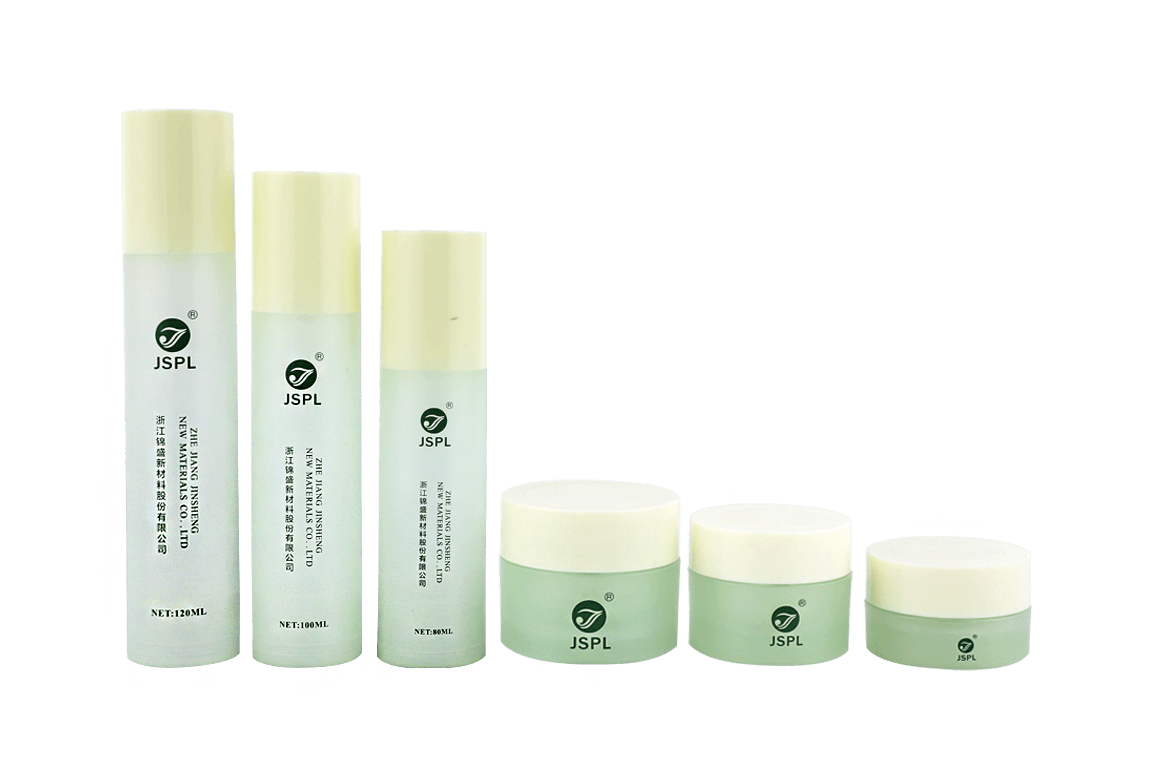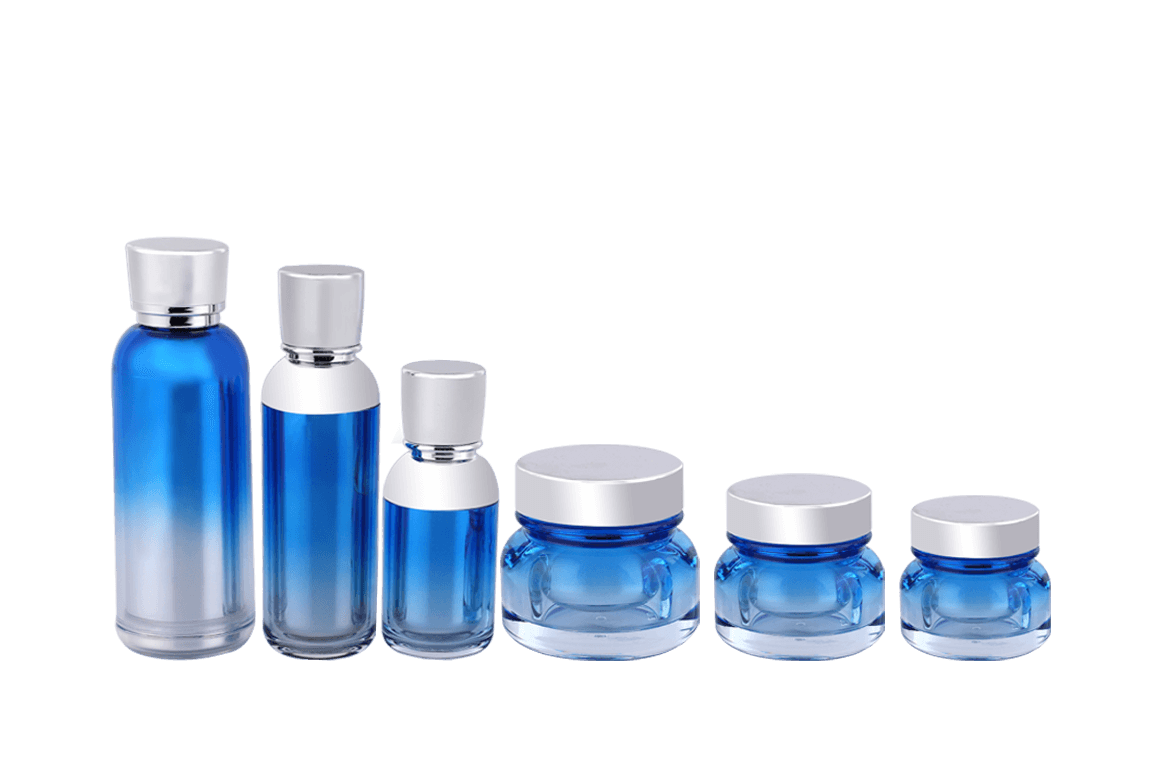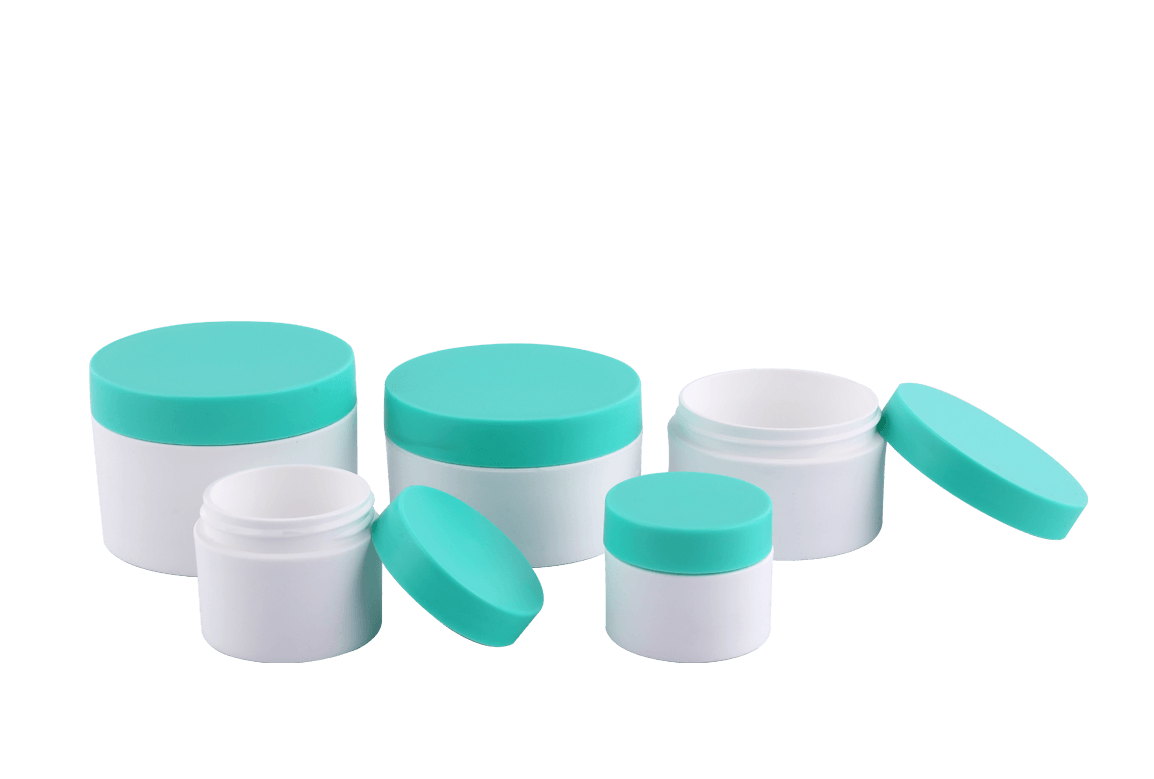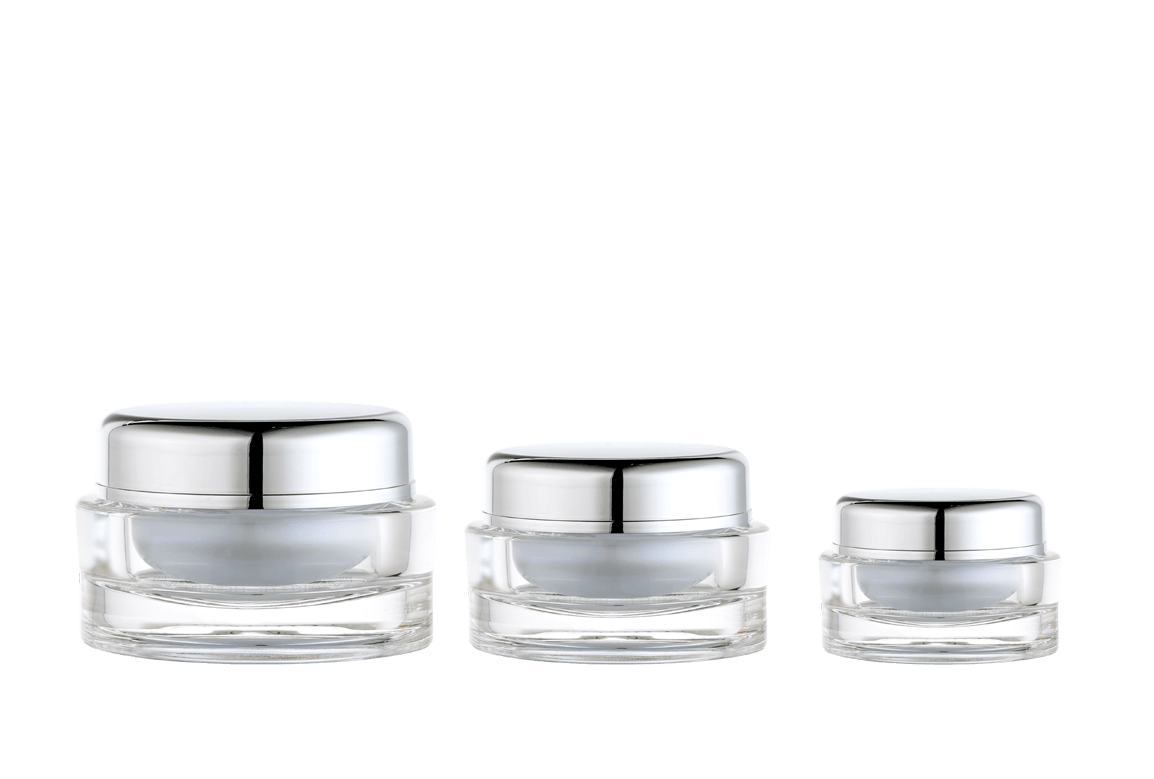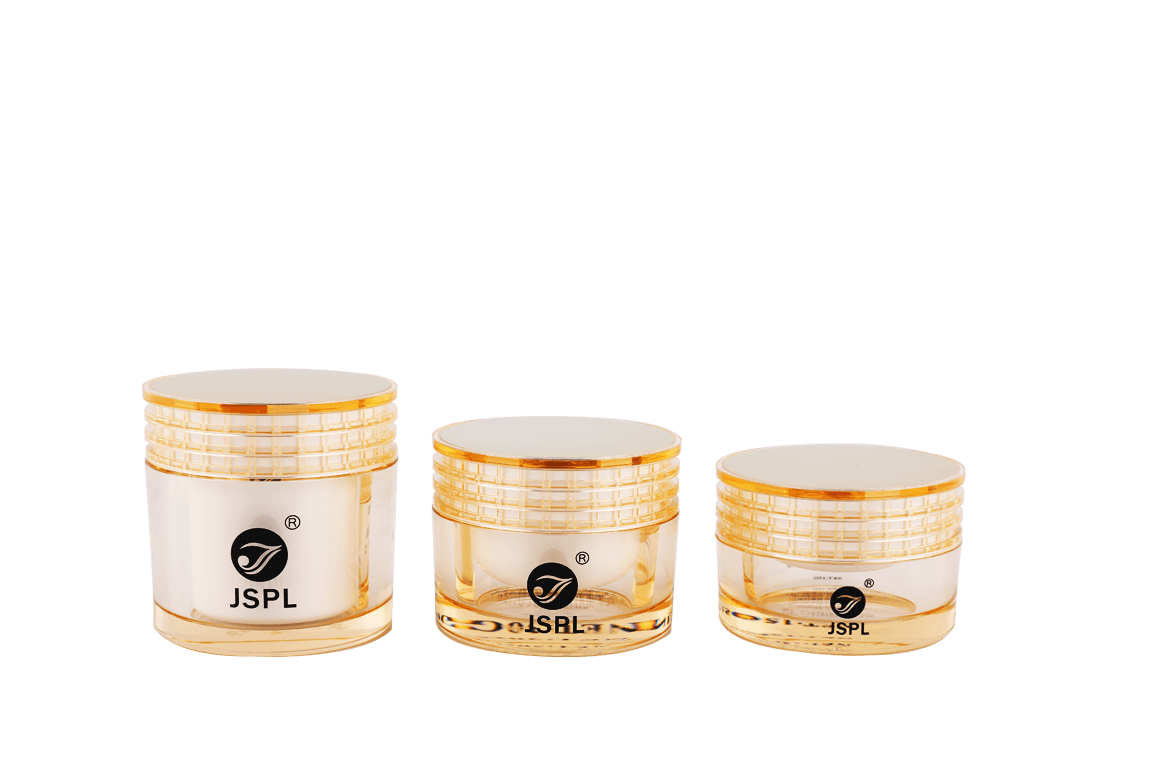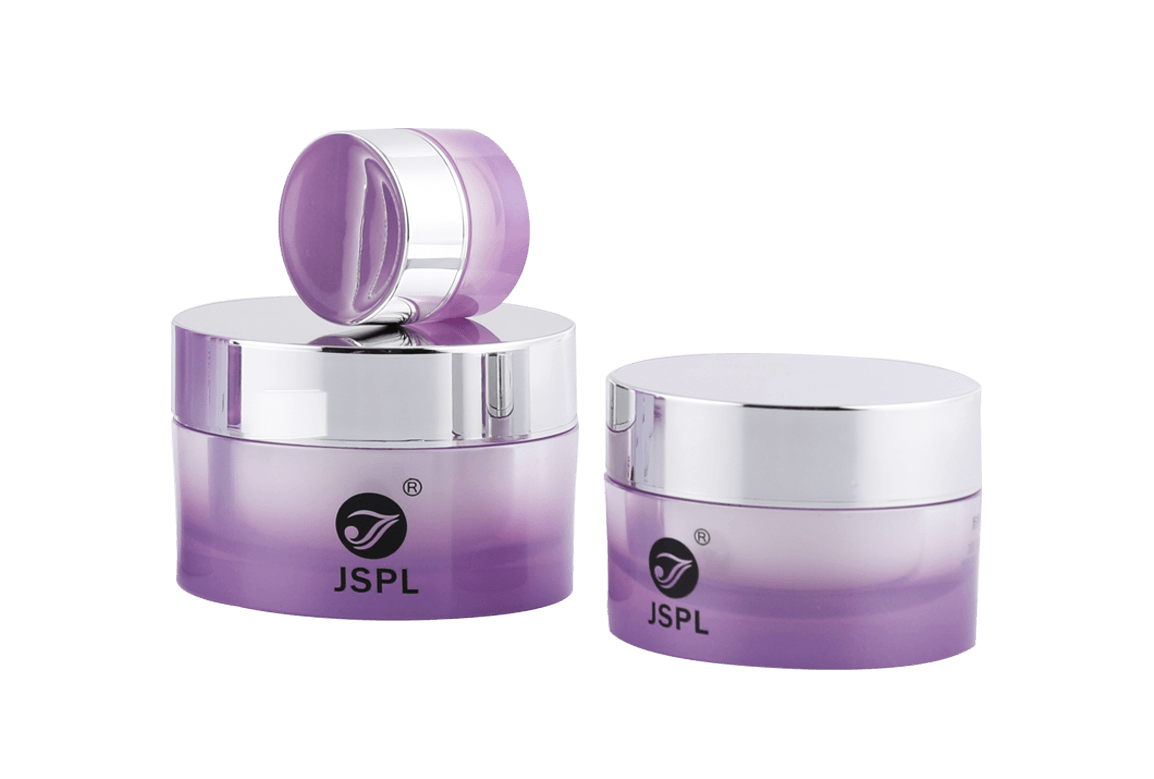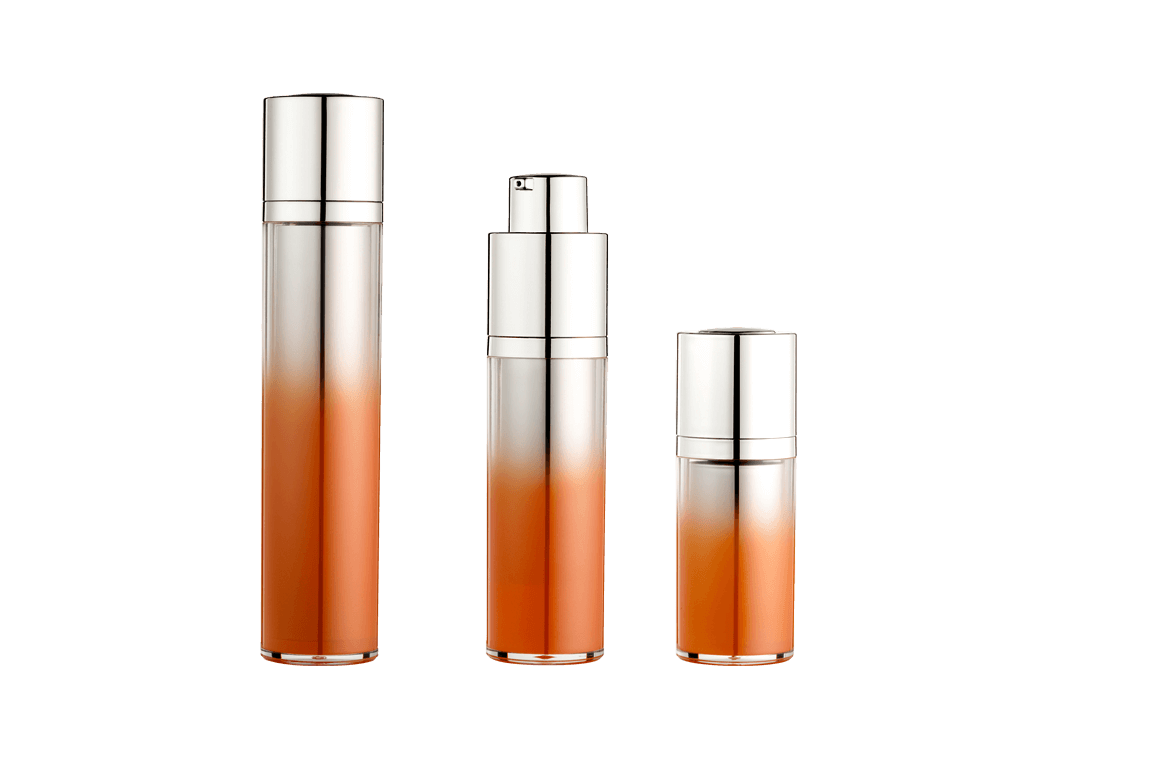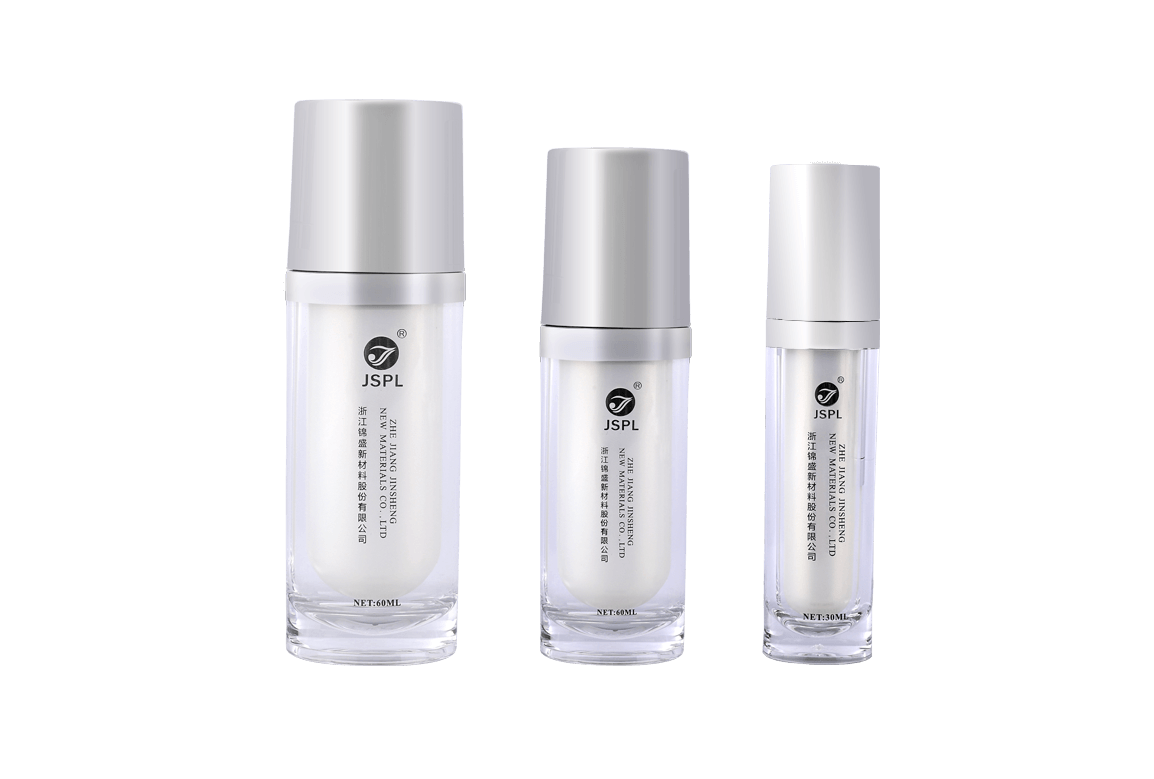PETG: Cyclohexylene glycol (copolyester) English: Polyethylene Terephthalate (PETG)
The biggest feature of PETG compared with PET is that PETG meets the concept of environmental protection and food FDA certification, and PETG is now getting more and more focused attention from domestic and foreign related products.
PET polyethylene terephthalate, a condensation, is mainly used in food packaging films and textile fibers and other applications. Nowadays, its usage as a packaging material is increasing, not only for soft drink bottles but also for non-crystalline PET (APET) and crystalline PET (CPET) cans and plates. In the last five years, engineering grade PET and copolyester, as new polymer products, have been used for engineering and specialty packaging materials, respectively.
The successful use of PET in soda beverage packaging materials is due to its toughness and clarity, orientation capabilities, excellent economic value and the development of high speed bottle processing technology. PET beverage cans are light weight, shatter resistant, reusable and have very good air tight performance. A filled 2-liter PET beverage bottle is 24% lighter than a comparable glass bottle; an empty bottle weighs 1/10th of the same type of glass bottle. making it possible to save labor, energy and costs in all stages of the process, from producer to consumer.
I. Chemistry and performance
PET for beverage bottles is produced from terephthalic acid (TPA), which is obtained by oxidation of paraxylene. The other basic raw material for PET is ethane, which is reacted to ethylene glycol (EG). PET is a condensate produced by the polymerization of DMT (or PTA) with EG in a successive molten state, followed by a solid state polymerization process to obtain large grains and final molecular weight, inherent viscosity. This solid-state process also results in a polymer with a sufficiently low ethanol content.
Typical commercial PET resins melt at about 480F( ), but highly crystalline PET has a melting point of about 520F( ).
Directional crystalline PET has excellent strength toughness and transparency, and is resistant to weak acids and bases and many solvents.
II. Special Grade
Stretch blow molding grades of PET are available in solid, green and yellowish colors.The polymer colored in the reactor does not require recombination that adversely affects physical properties and improves color uniformity. A variety of pure resins with different inherent viscosities are available. the slow crystallization rate of PET copolymers allows for the production of high quality soda drink bottles under a wide range of processing conditions. An extrusion blow moldable polymer is also available. This material combines excellent melt strength with a slow crystallization rate and can be easily processed on suitable extrusion blow molding equipment. A variety of reinforced, flame retardant and other specialty polymers are continually being introduced or modified to meet new applications.
PETG copolyester is another example of the many copolyesters available. Unlike PCTA, which is modified with acid, PETG is a diol-modified polymer made by combining CHDM diol with TPA (terephthalic acid) and ethylene glycol. PETG copolyester can be molded or extruded and usually retains amorphous, transparent and virtually colorless, even in very large cross sections.
It has high stiffness, hardness and good toughness, even at low temperatures. PETG is available unmodified or with various additives, including release agents, masterbatches and impact modifiers, for injection molding.
PETG should be dried at 120 to 160F for about 4 to 6 hours before molding or extrusion. In both processes the melt temperature range is from 420F to 510F. The holding time of the processing equipment at higher temperatures should be as little as possible to prevent excessive degradation. Injection molding should be performed on an injection machine requiring a volume of 50% to 80% of its capacity per shot.
PETG can be extrusion blow molded at melt temperatures between 400-450F into clear bottles for shampoos, liquid detergents, hygiene products, mineral oils and food packaging. This material meets FDA standards for food contact.
Extrusion can produce a wide range of profiles, as well as tubing, film and sheet for packaging, including pharmaceutical device packaging.PETG and PCTA can be sterilized with ethylene oxide and Y-rays.
When used for injection molding, PETG is typically processed at a melt temperature range of 450-510F with mold temperatures between approximately 70-130F. Current applications include instrument covers, machine shrouds, cosmetic containers, lever device pointers, display components, and toys.
PET is mainly used in soft drink packaging for soft drinks. PET has nearly 100% of the market for 2 liter packaging non-recyclable containers, 1.5 liter, 1 liter, 0.5 liter and smaller PET bottles have also been widely recognized.
PET is used in food, alcohol, detergents. The demand for PET is expected to continue to grow for uncarbonated gas beverage and industrial product packaging. Foods being packaged include mustards, gum products, peanut butter, condiments, cooking oils, cocktails and juice concentrates. New colors, especially Weibull-colored PET in pharmaceuticals. Vitamin and detergent packaging is hugely popular.
One of the newest and fastest growing applications for PET containers is food or beverage packaging that requires filling at high temperatures. Many foods, especially fruit or high fruit content foods or beverages, must be packaged at 180F or higher. This provides pasteurization (sterilization) of the product and container at the time of filling. The usual orientation of containers, such as for soft drink packaging bags for soft drinks in soda have a tendency to shrink and deform when subjected to high temperatures above 160T, which is due to a certain amount of stress relaxation. Production of containers in stretch blow molding when the stress concentration. Improve the processing of heat resistance technology has been developed, often called "heat setting" technology. According to the specific processing, there are several processing technology details, with a high degree of patent rights, according to which the production of containers suitable for filling at 190 to 195F. Packaging is required to have such characteristics of the product are pure fruit juice. High juice content beverages, teas, certain isotonic and sports drinks, flavorings, juice concentrates and certain mineral waters.
Other end uses for PET are widely used in extrusion coating and extrusion molding films and sheets.PET is used as an extrusion coating material for bakeable cardboard packaging, and in addition, crystalline PET (CPET) can be used as a base material for making plates in ovens.
PET film is usually biaxially oriented and is used for x-ray and other photographic films, meat and cheese packaging, magnetic tapes, electrical insulation, printing plates, and packaging bags for bottles. Non-crystalline, unoriented PET films and sheets are beginning to expand for use in molded containers, trays, foam products and beverage cups.
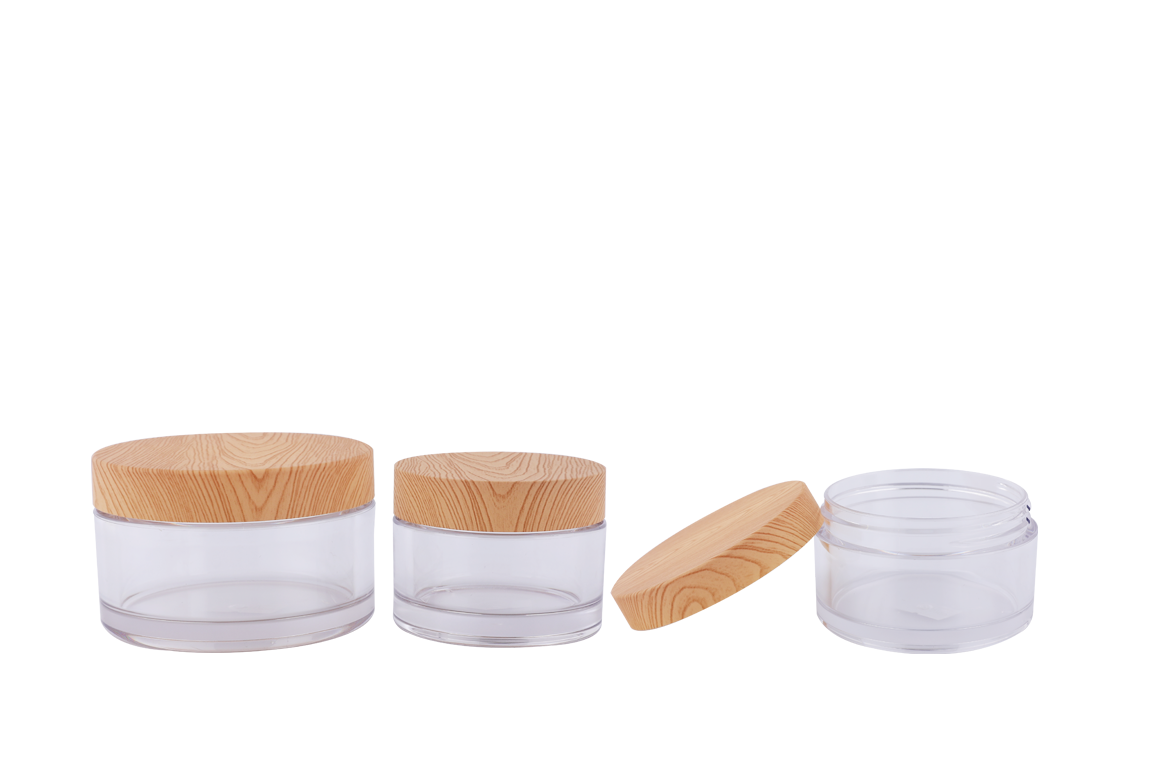

 Chinese
Chinese España
España Italia
Italia Le français
Le français